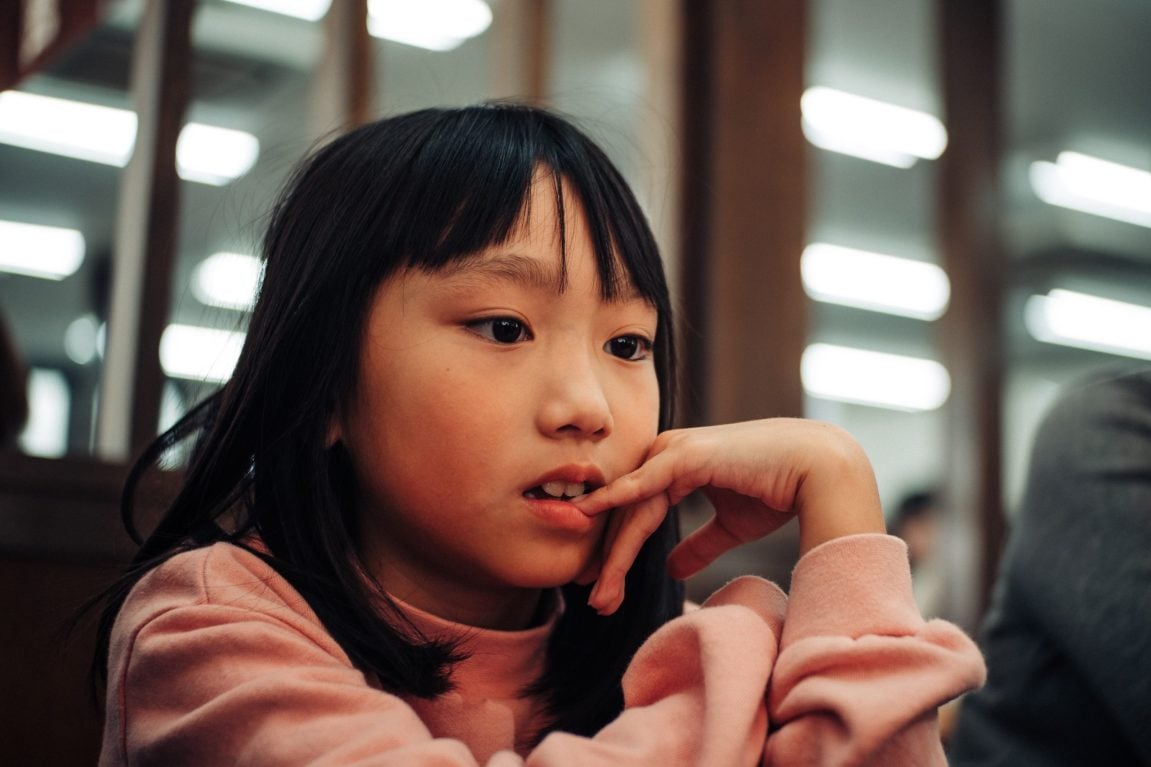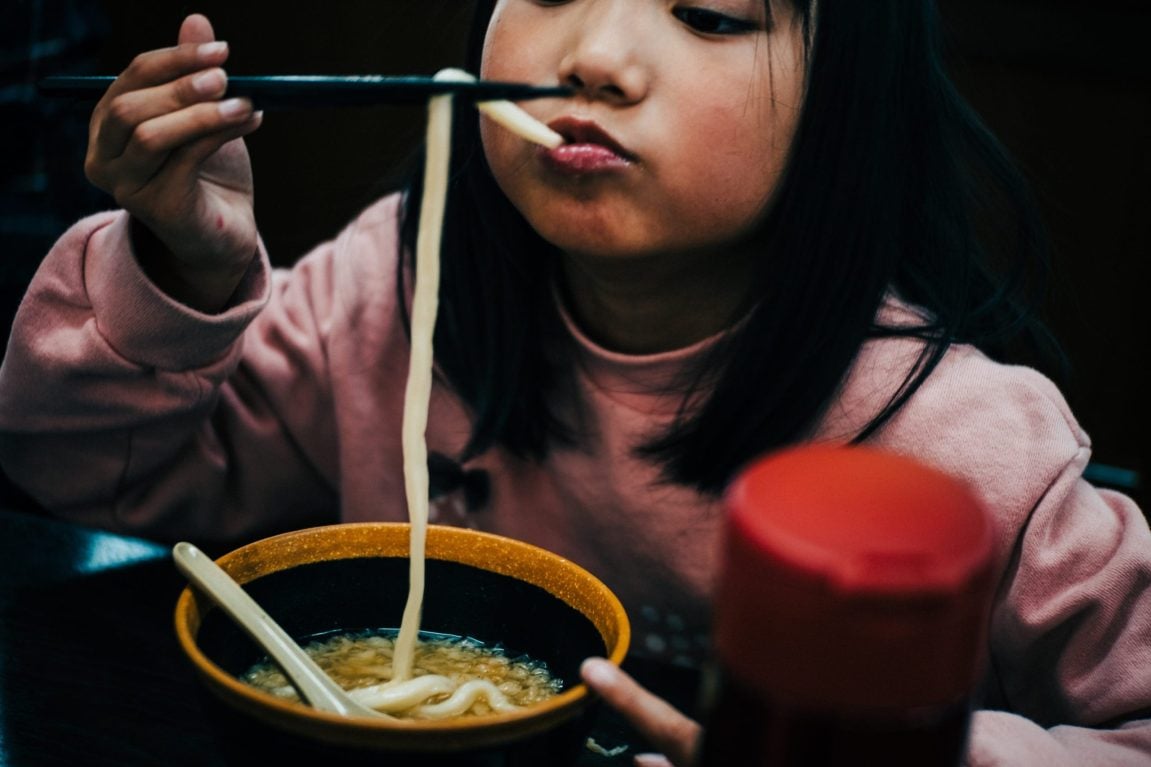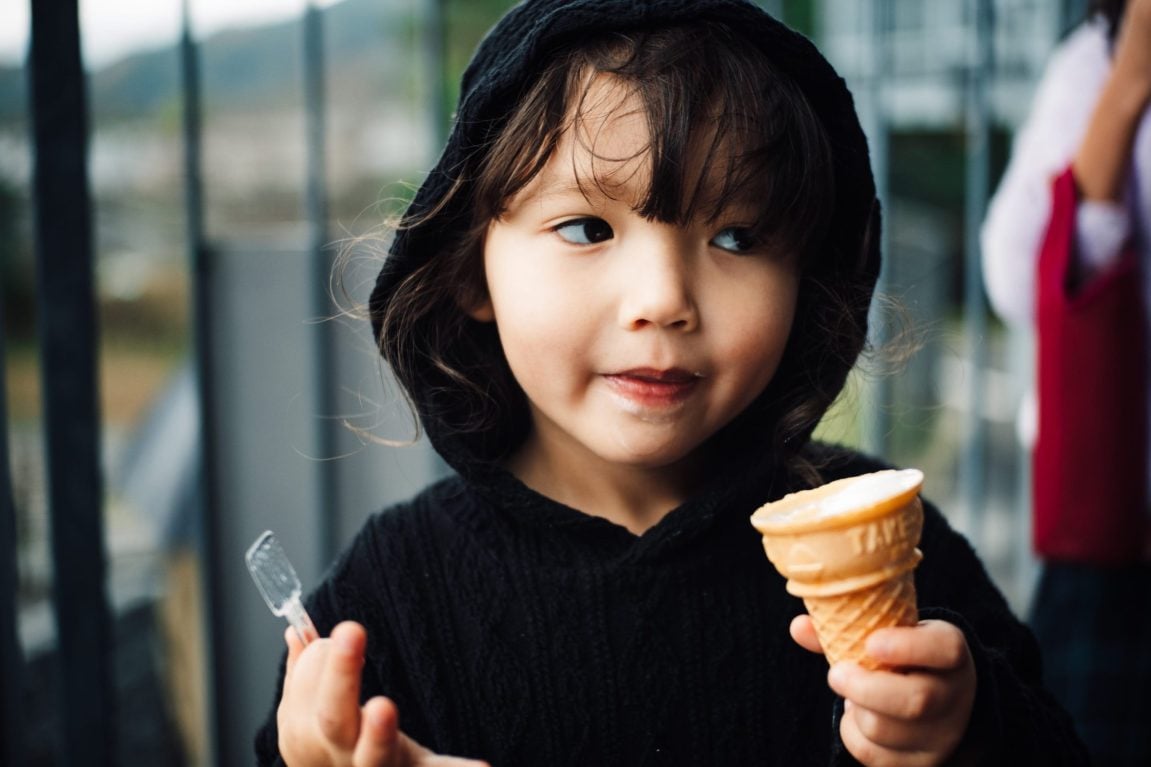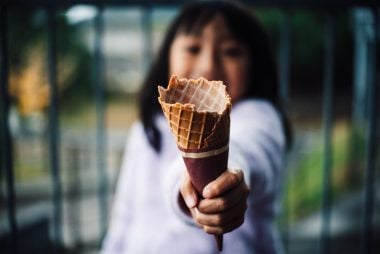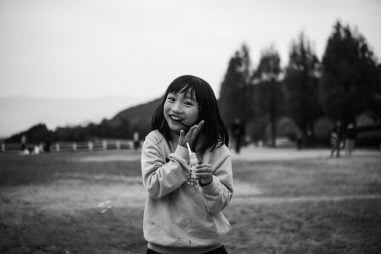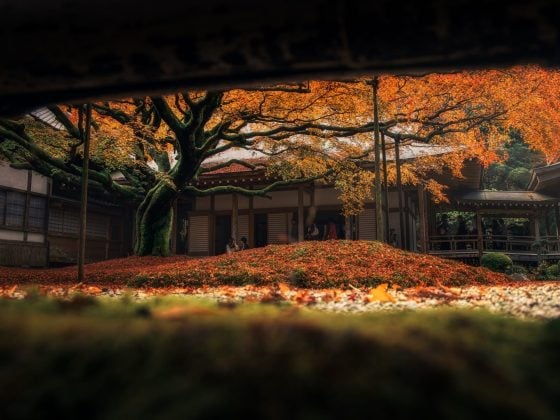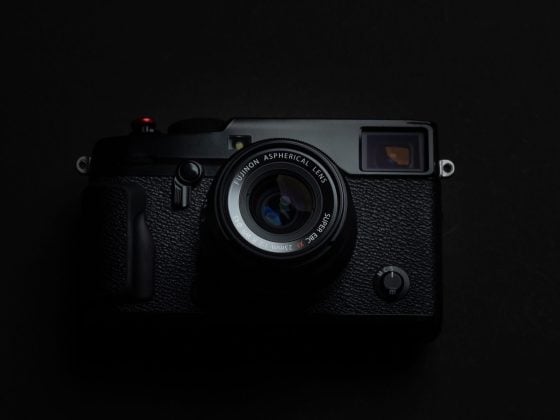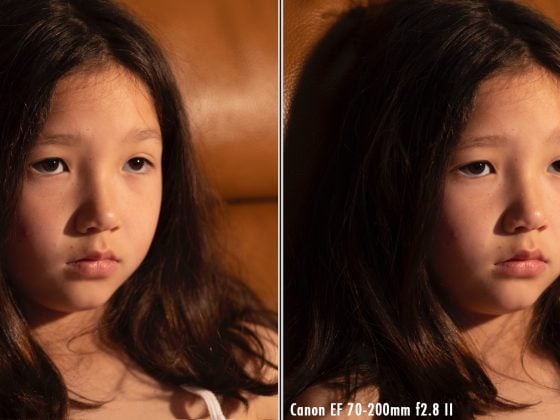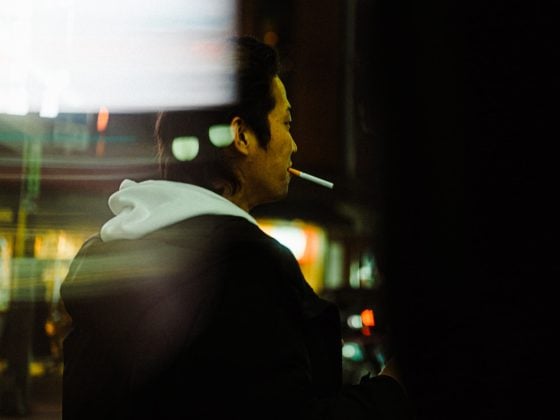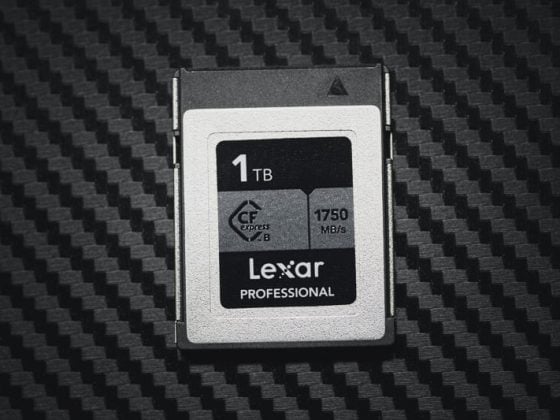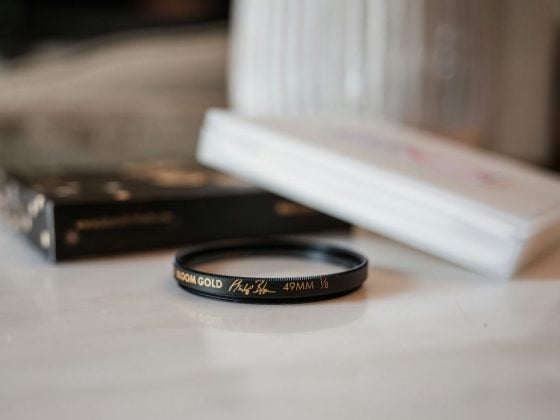Finally, I’m just about caught up in all the tedious stuff one must do to make a living off a blog and I can finally get back into doing the things I like to do, testing out crazy lenses and have fun shooting the way I like to shoot.
I have something like 8 or 9 lenses just lying around waiting to get reviewed. Some of them not so exciting, some of them are really exciting, like this lens, the Meike 35mm f1.7.
I finally just started shooting with it and wow. Just wow.
Those that have been following me know I love testing out cheap Chinese lenses in the search of gems. There have been a few. Probably my favorite cheap Chinese lens is the 7Artisans 35mm f1.2. The 7Artisans 25mm f1.8 was almost good, just the design and build quality had too many issues. The 7Artisans 55mm f1.4 I actually thought was pretty cool for the price, and then there was the Kamlan 50mm f1.1, a lens that really underperformed for APS-C, but was cool for Micro 4/3. I’m actually really excited to try out the Mark II. Hopefully they fleshed out the design a little.
Also, since I’ve completely digressed, I was told (by the owner) Handevision has been working with new engineers and they’ve silently updated and fleshed out all the build quality issues some lenses experienced with the first production run. The Handevision 75mm f2.4 is a must have. It’s impressive, the 35mm f2.4 is nice also, but the 50mm probably isn’t worth it. Those are full frame lenses though, so that’s kind of a whole different beast, and Handevision lenses are on a different level than these cheap-o lenses (mostly with build quality) so you’ll need to be a little more sober before buying one of them.
So where does the Meike 35mm f1.7 sit?
I actually like it a little bit more than the 7Artisans 35mm f1.2.
Since this isn’t a review but just general chit-chat and first impressions. I can’t tell you exactly what’s going on with this lens until I shoot all my charts and put it through all the boring tests that take two full days of tedious work. Initially, I’m liking it more than the 7Artisans 35mm f1.2 because it’s just a bit more controlled, a bit tamer and easier to handle, but you still get a lot of cool character.
The 7Artisans 35mm f1.2 is a must have manual focus lens in my opinion, because of the price and glorious character. But, the Meike 35mm f1.7 is looking like it does everything just a little bit better, minus a bit of the wild character. You don’t get the f1.2 aperture, instead you get f1.7, but, for the way I shoot, f1.2 on the 7Artisans 35mm f1.2 was just a little too wild and I couldn’t leave it wide open all the time like I can with an f1.7 lens.
Everyone always thinks faster is better, but you often sacrifice a lot to get that speed. I never really loved the Mitakon 35mm f0.95 II. Cool lens, but I find it’s rendering boring, and it’s just not that fun. Images coming from it just don’t punch me in the face like with this Meike 35mm f1.7. But, at f0.95 you’re thrown into a whole different world which can be really cool in the right situations.
Because the Meike 35mm f1.7 is a little bit larger of a lens compared to the 35mm f1.2, it’s a little bit more controlled with center and corner sharpness, it doesn’t flare as much or produce as many aberrations and it looking like it has more micro contrast, compared to the 7Art 35mm f1.2.
This actually might be the punchiest lens I’ve used since the 7Artsians 25mm f1.8, which I think had the best micro contrast of any lens I’ve ever used. I think this is number two. Somewhere mixed in with these is that Industar 50-2 lens.
Also, this is my first Meike lens and so far the build quality seems nice. I know these all come from the same factory, but this Meike is feeling good, no stiff focus issues, no drifting focus, doesn’t come unscrewed and fall apart like a lot of the 7Artisans lenses. So that’s another plus. I could have just been lucky with my copy though. But seriously, these lenses are cheap enough where that doesn’t even matter.
Anyways, the Meike 35mm f1.7 review is coming soon. I’m going to finish up my Fujinon 23mm f2 lens review first, then move over to this one. Then work on some lens comparisons.
All photos here are also processed using my Lightroom new presets that I’ve been working on for the last 6 months. They are getting extremely cool, but it will probably be another 3-4 months before they are ready. I’m pretty excited about them and I think you guys are going to love em, but right now I’m trying to figure out how to make them look good on Canon cameras since I’ve mostly designed them for Fujifilm and Sony. As you probably already know, Canon RAW files have a very different look than Fujifilm and Sony.
If you just picked up a new Sony A6300 or X-T3 and want to have a little fun and adventure with cheap manual lenses, I recommend starting here.
Meike 35mm f1.7: Amazon
| **This website contains affiliate links. We will earn a small commission on purchases made through these links. Some of the links used in these articles will direct you to Amazon. As an Amazon Associate, I earn from qualifying purchases. |


